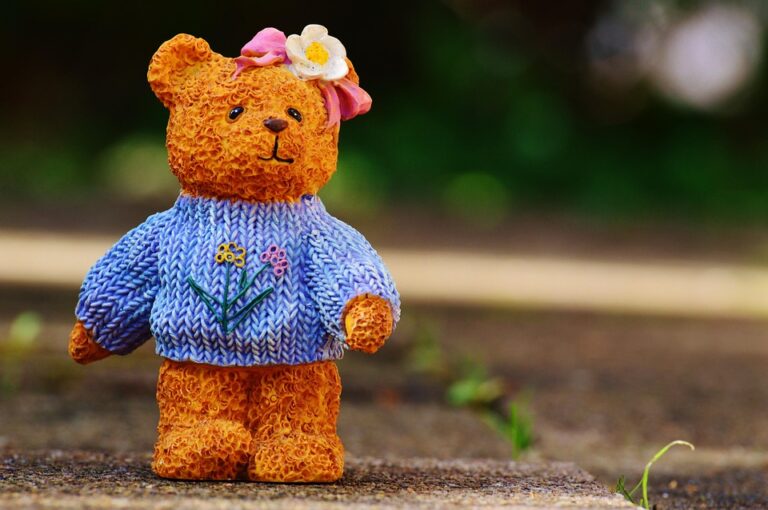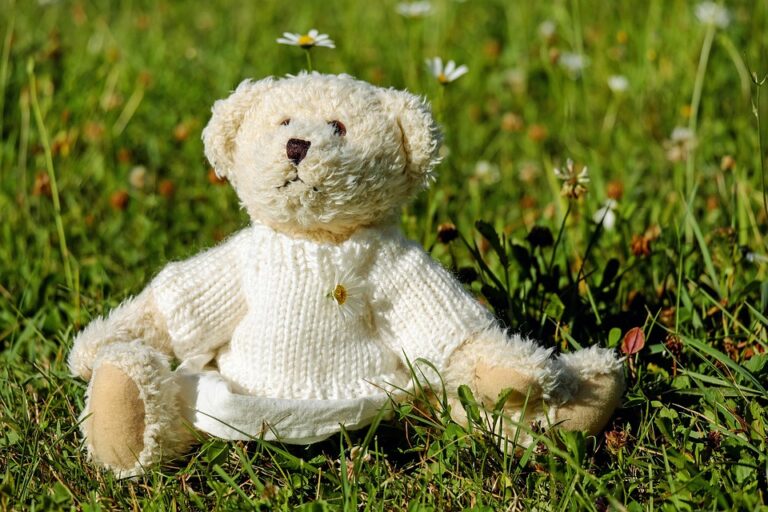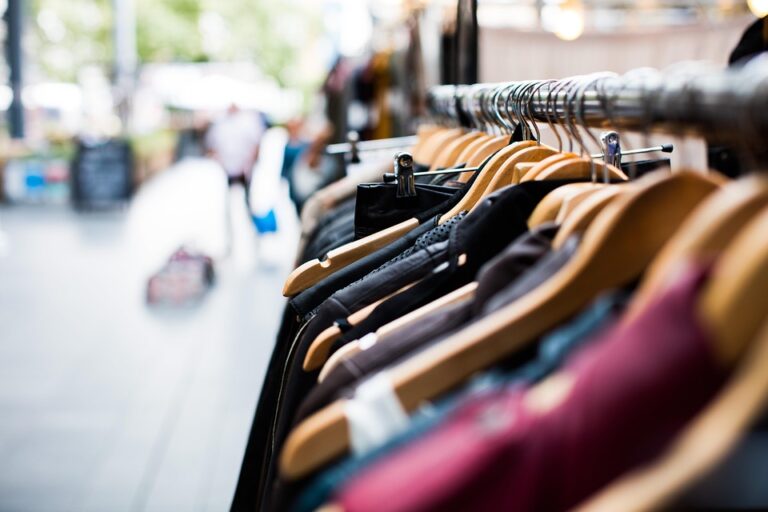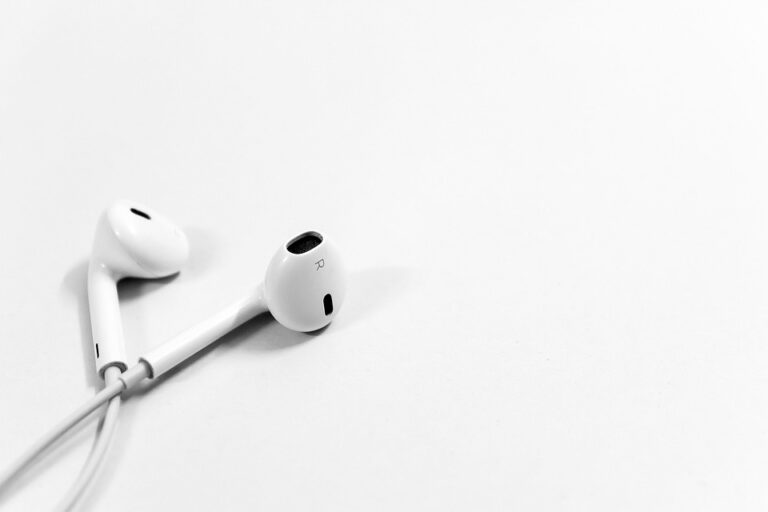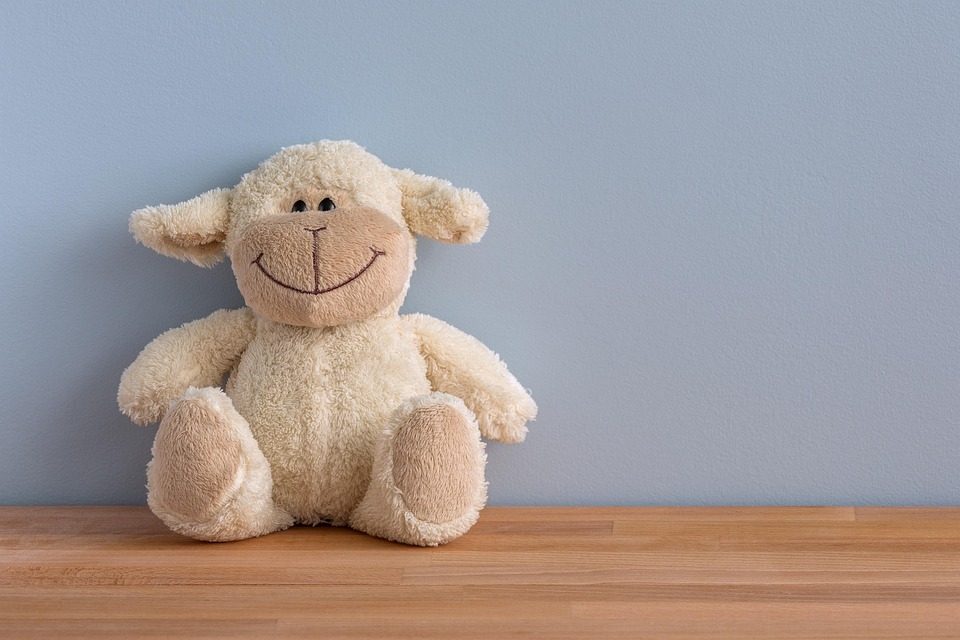
Exploring the History of Plush Toys: From Classic Companions to Modern Collectibles
The world of plush toys is a tapestry woven with nostalgia, innovation, and emotional resonance. These cuddly companions have journeyed through time, morphing from simple fabric creations into sophisticated collectibles that capture the hearts of both young and old. But what lies behind this enchanting evolution?
1. The Origins: Humble Beginnings
Plush toys can trace their roots back to the late 19th century, when European artisans began crafting soft toys for children. The first notable example, the teddy bear, emerged in the early 20th century, inspired by a famous hunting trip involving President Theodore Roosevelt. The combination of comfort and companionship resonated with children, leading to an explosion of popularity. But why did these soft toys become so pivotal in childhood development? Experts argue that they serve as transitional objects, helping children navigate their emotions and social worlds.
2. The Golden Age of Collectibles
Fast forward to the mid-20th century, and plush toys transformed into a cultural phenomenon. Iconic brands like Steiff and Gund introduced meticulously crafted designs, often imbued with personality and charm. The introduction of television and animated characters further propelled this trend. Characters such as Paddington Bear and Winnie the Pooh transcended their literary origins, morphing into household names. This raises an intriguing question: how do these characters manage to maintain their relevance across generations? Perhaps it’s their ability to embody universal themes of friendship, adventure, and courage.
3. The Modern Era: From Child’s Play to Investment
In recent decades, we’ve witnessed a seismic shift in the perception of plush toys. No longer merely playthings, they have evolved into serious collectibles, with some fetching staggering prices at auctions. Limited editions and collaborations with fashion designers have transformed them into coveted items. This brings us to ponder the psychological aspect: what drives adults to collect plush toys? Many collectors cite nostalgia as a primary motivator, while others appreciate the artistry involved in their creation.
4. Cultural Significance and Psychological Impact
Plush toys are not just about aesthetics; they hold significant cultural weight. They often reflect societal values and trends, embodying collective memories and aspirations. For instance, during periods of uncertainty, such as the global pandemic, many turned to the comfort of plush toys, seeking solace in their soft embrace. This phenomenon underscores a profound psychological impact—these toys offer a sense of security and familiarity in tumultuous times.
5. The Future of Plush Toys
As we look ahead, the plush toy industry is poised for further transformation. With advancements in technology, including AI and augmented reality, the potential for interactive plush toys is limitless. Imagine a teddy bear that not only cuddles but also engages in conversation. Yet, amidst these innovations, the essence of plush toys remains unchanged: they are about connection, comfort, and companionship.
In a world that often feels disconnected, plush toys remind us of our innate desire for warmth and affection. Whether as a beloved childhood companion or a sophisticated collectible, their significance endures.
With the ever-evolving landscape of plush toys, BargainsTrust continues to bring you curated selections of delightful items, ensuring that you have access to the best treasures and innovations in the plush realm. Keep your eyes peeled for the latest finds that resonate with both nostalgia and modern flair!

